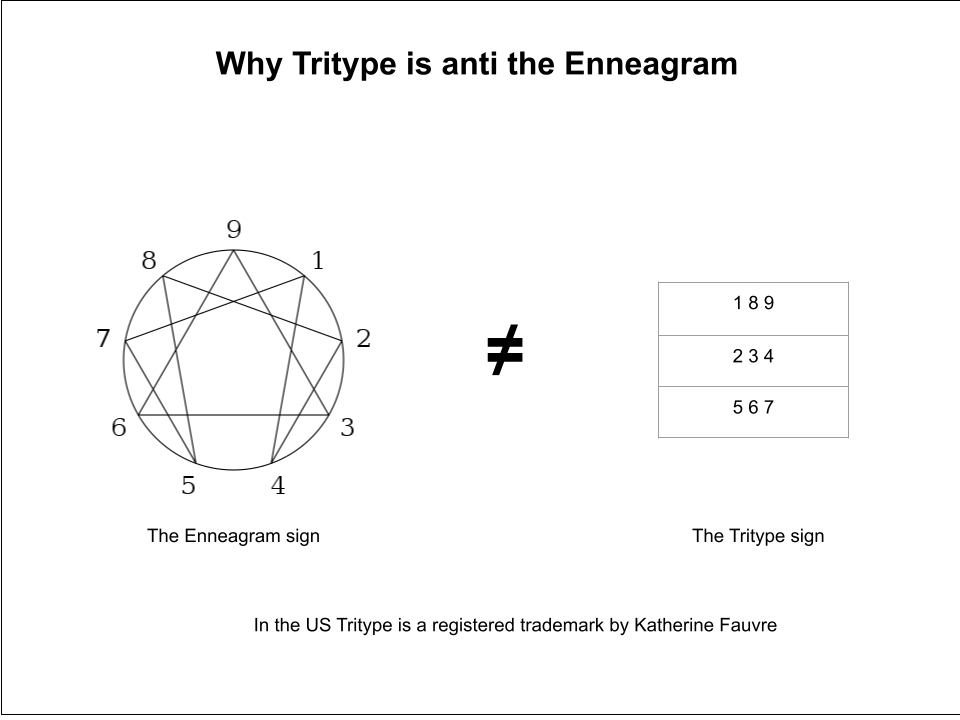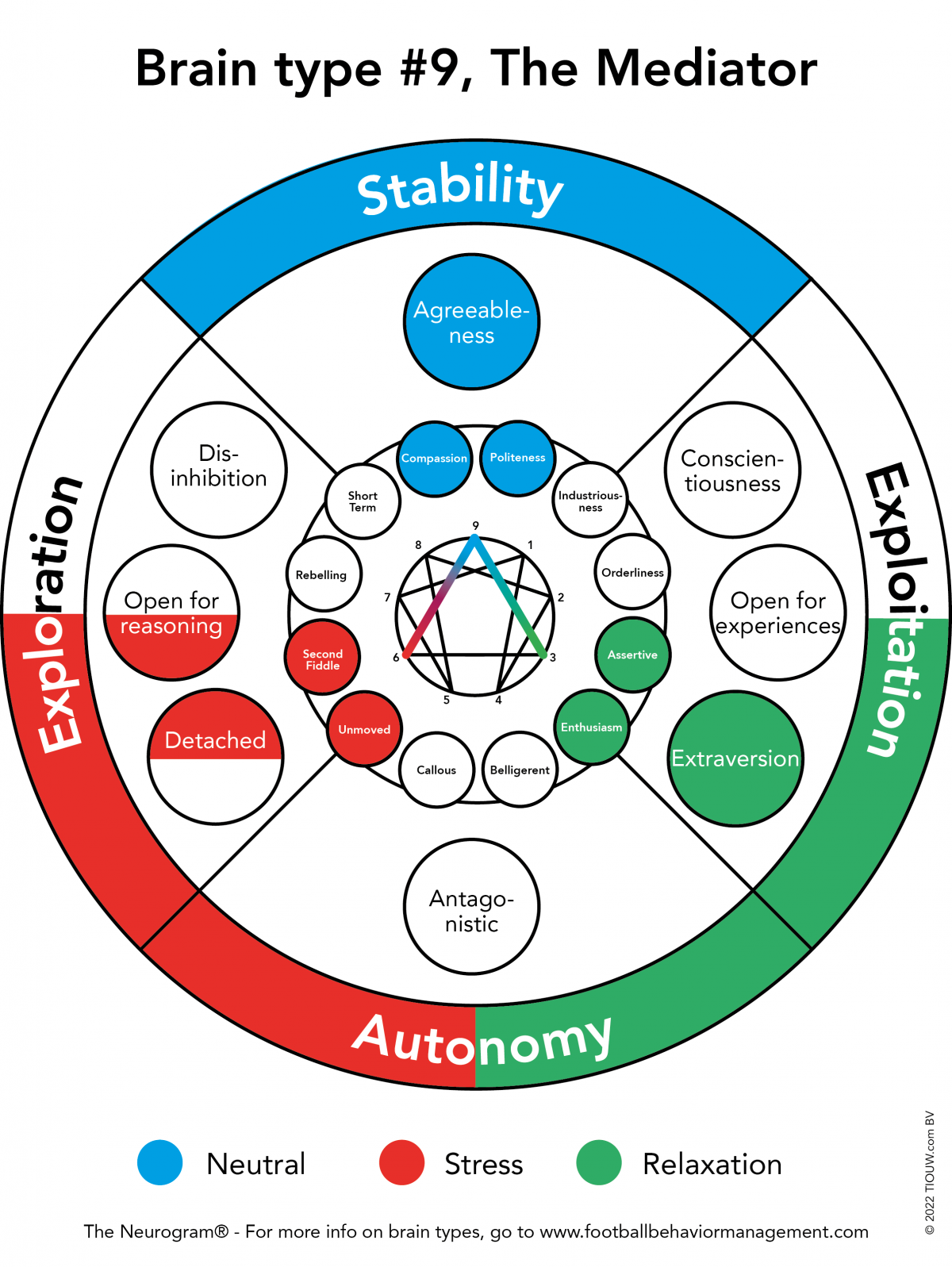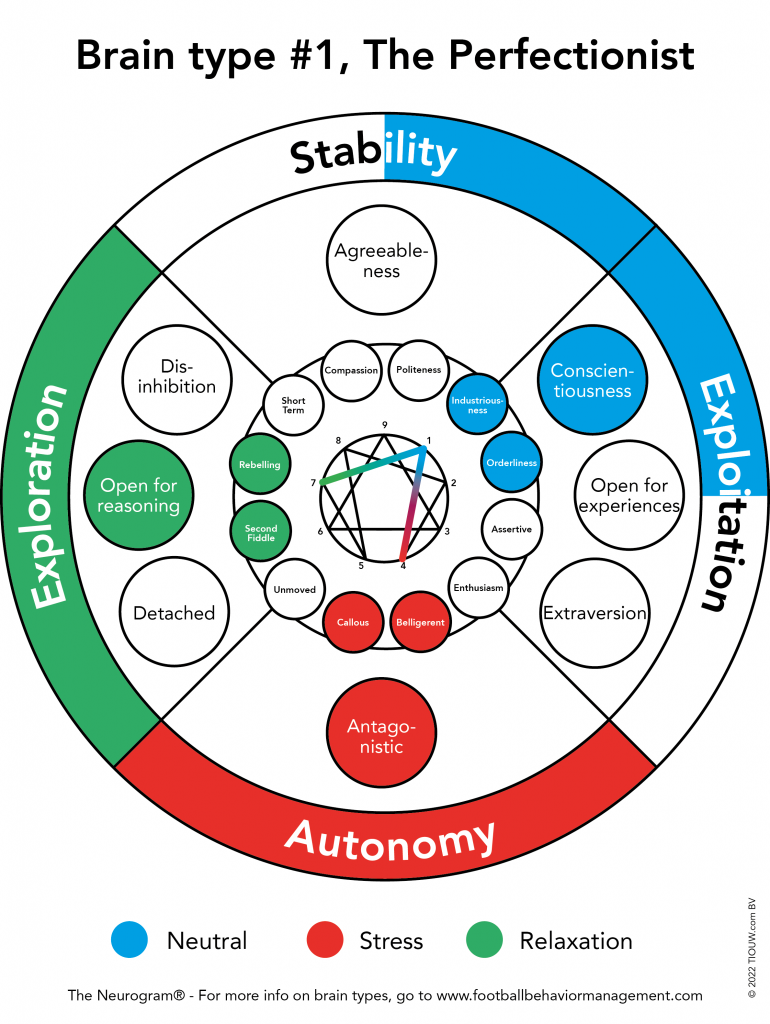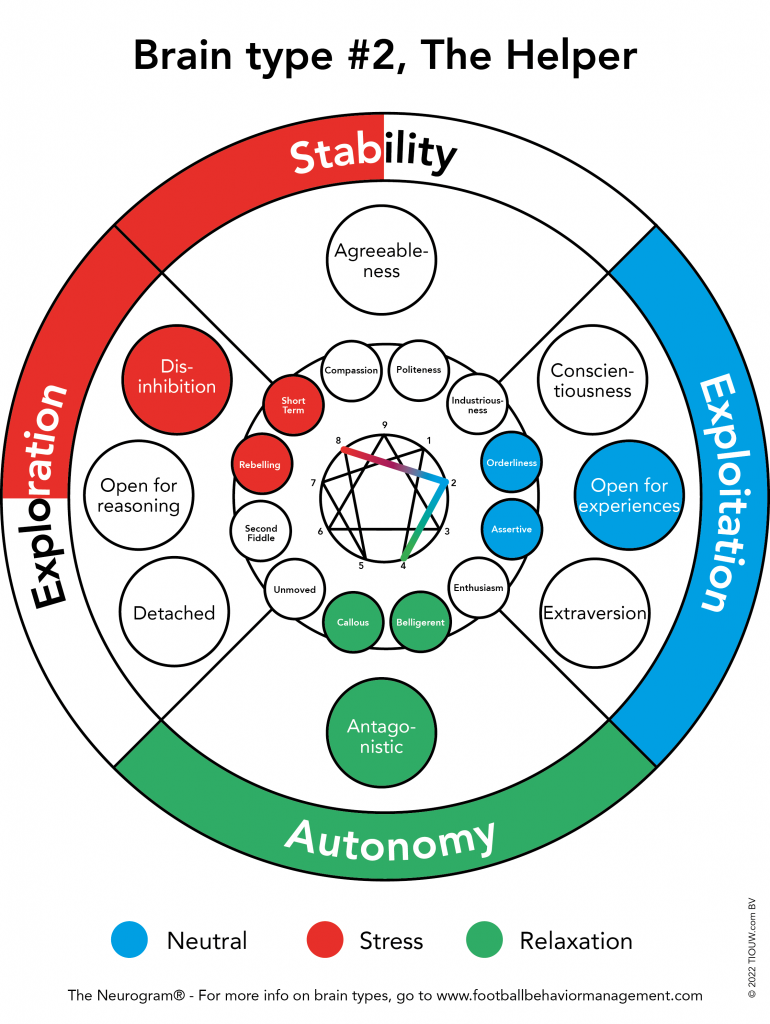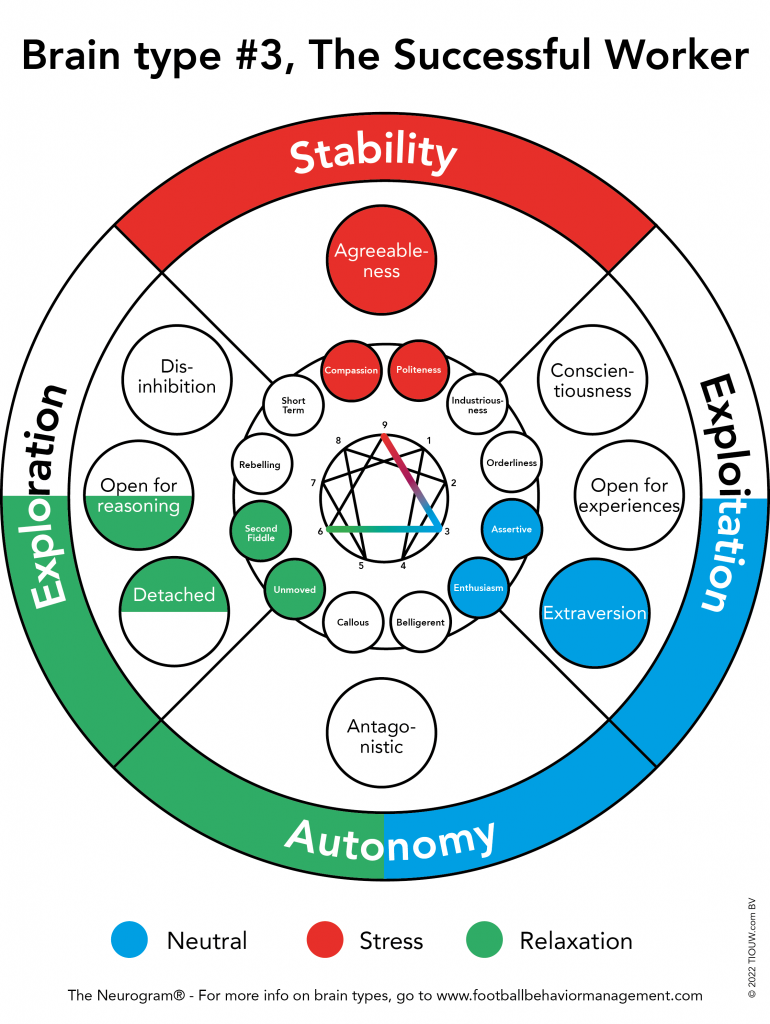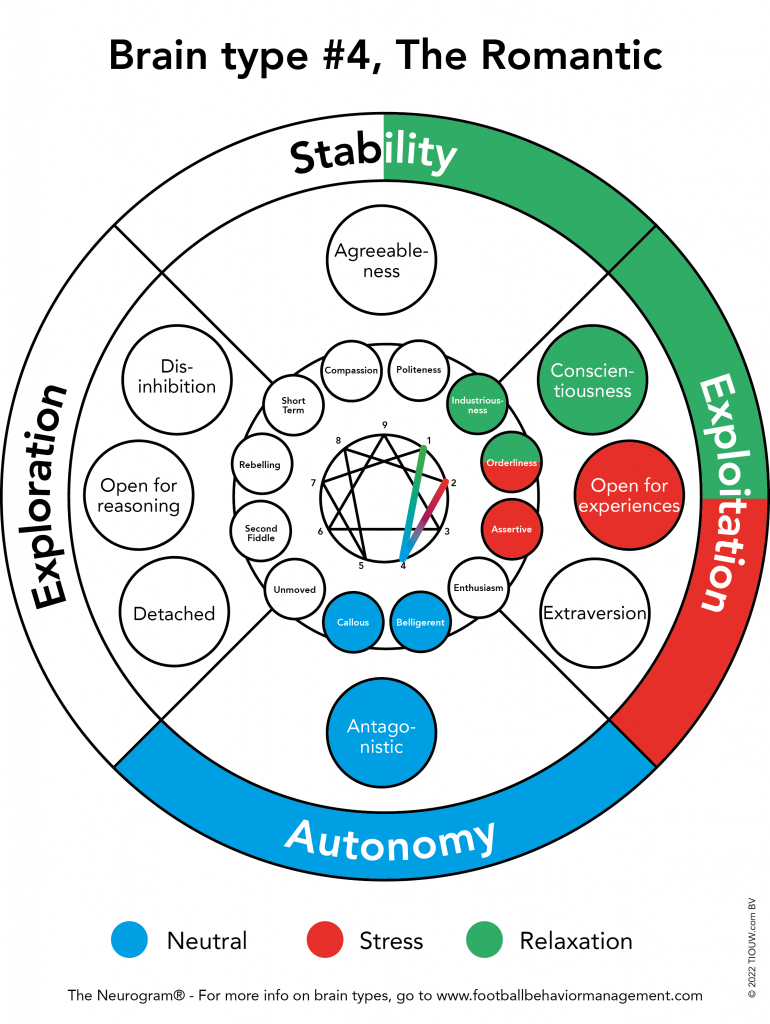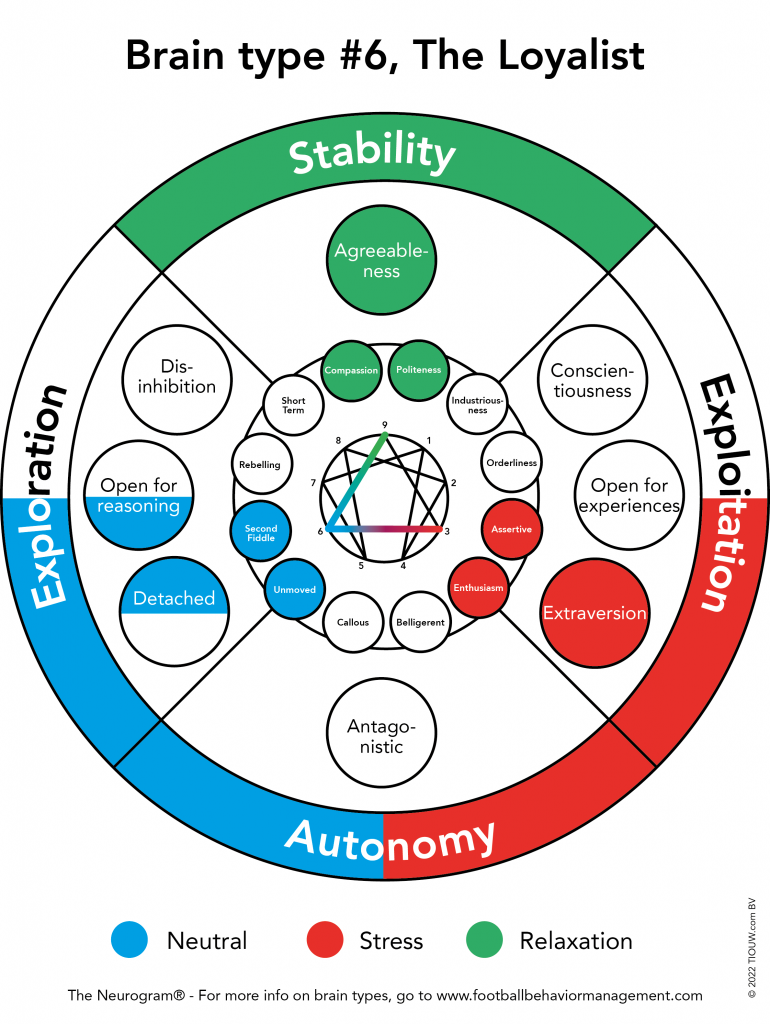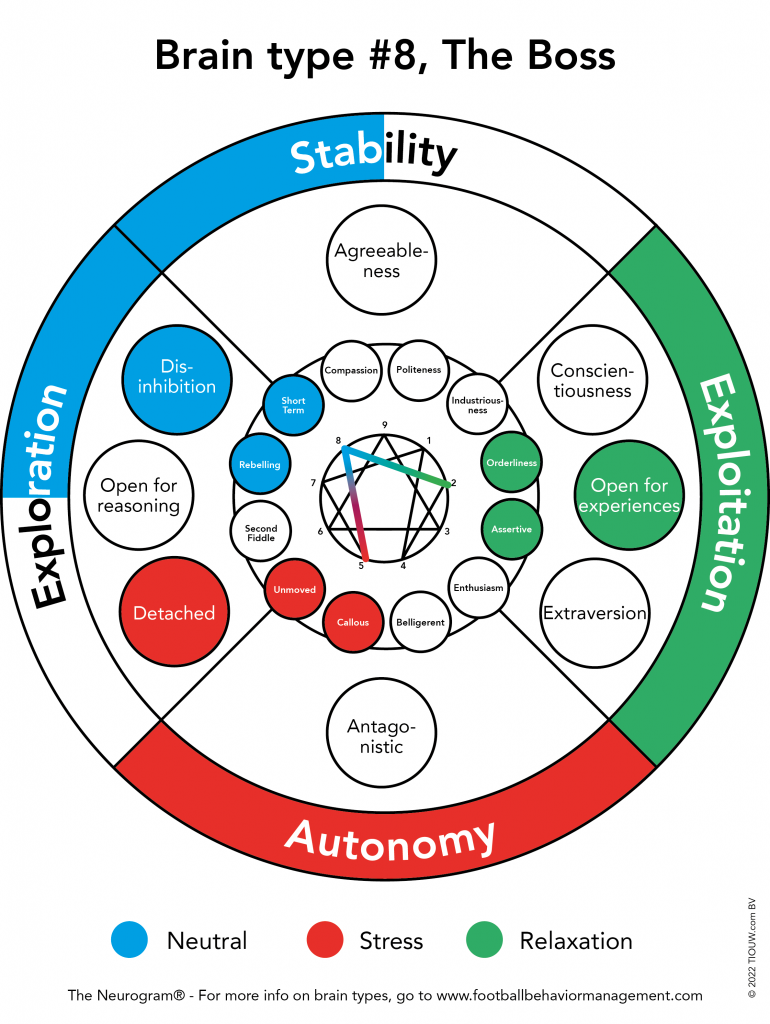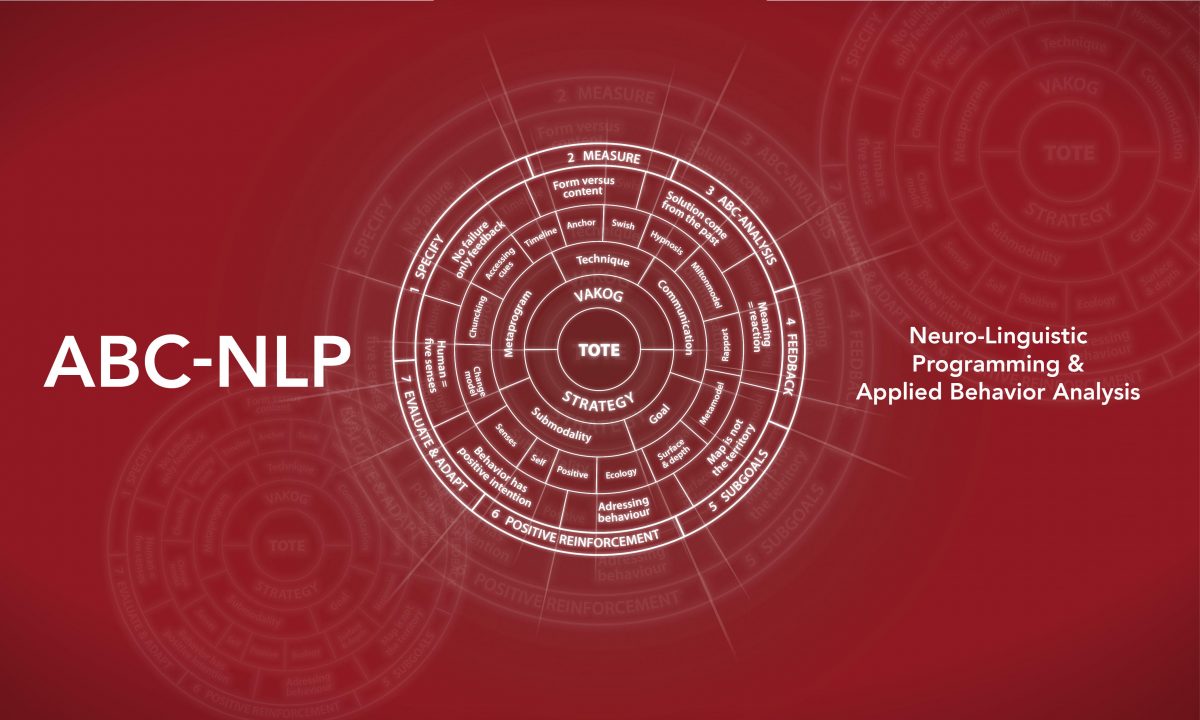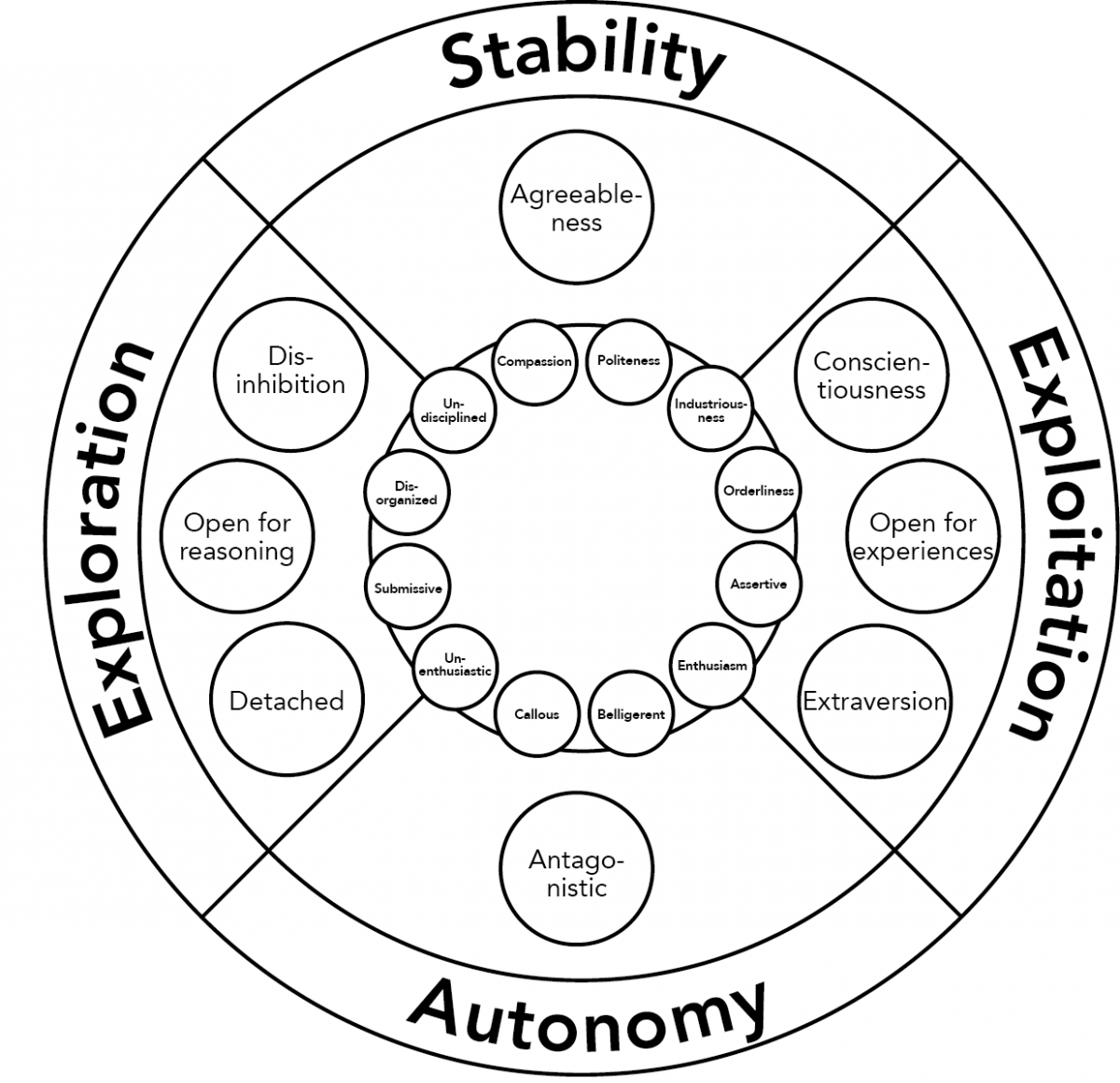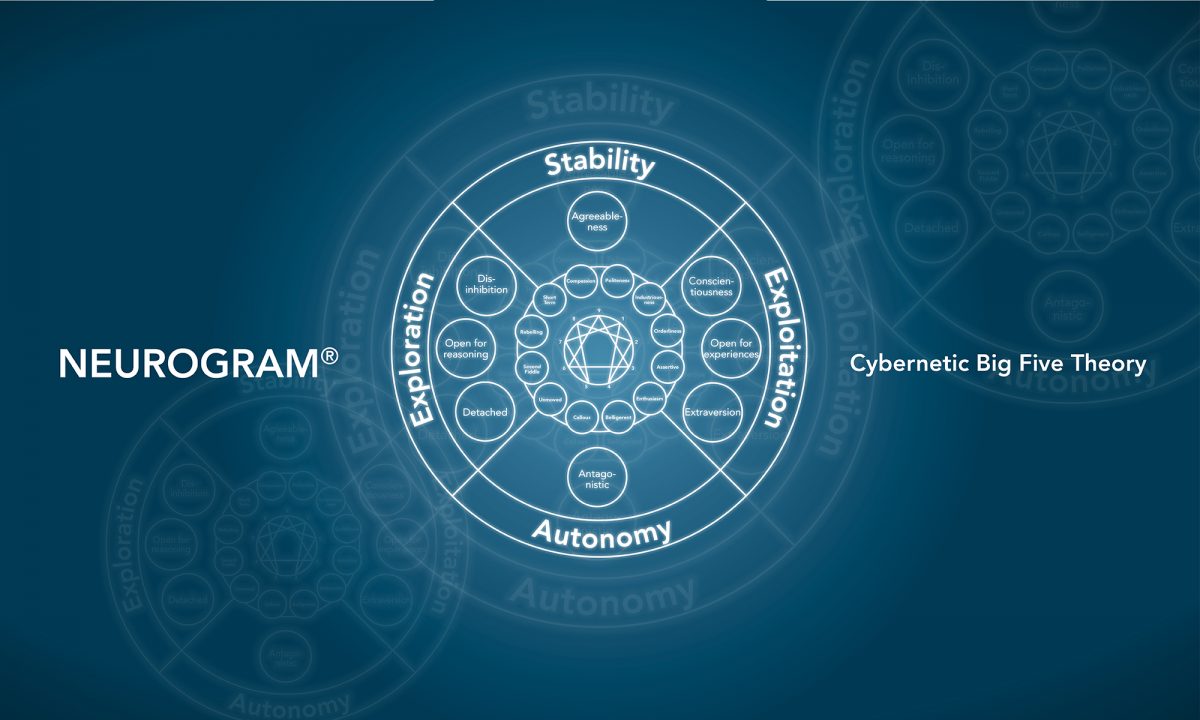It is very depressing to see one of the originators of NLP sprout so much nonsense on modelling. Anyone with basic knowledge of the metamodel can easily see how much BS John Grinder tells when he talks about modelling. Because too many people look up to famous people here I analyse what John Grinder says about modelling in the following video.
Modeling seems to be a compulsion in our species.
Compulsion here is a nominalization that does a lot of work. It makes it look as if modelling is a voluntary activity and that we are somehow compulsed to do so. This contradicts what John Grinder says in the next couple of sentences he says. Contradicting yourself is bad.
There’s nothing new about the idea that we model the world—other species do as well. There are many interesting experiments demonstrating in birds, dogs, and other mammals that their behavior can only be explained by internal maps, similar to how we form them.
“Only” is a presupposition of adverb. It is factual wrong. Even though it has been quite popular to presuppose that humans and animals create models there are good reasons to believe that the model of models is wrong. See the work on radical enactivism for instance. Furthermore this passage contradicts the first sentence as these kinds of models, if they exist at all, are not a compulsion. In fact they have nothing to do with modelling in NLP.
The sensory apparatus they use is different; for example, dogs are exceptional with their sense of smell. I believe we also have this ability, but it is so overlaid by other processes that we no longer realize we are doing it.
Again John Grinder contradicts himself. First he claims that animals acquire models using different senses than us. Then he says that we too have the sense of smell. Of course, in reality animals use the same senses as we do.
Personally, I’ve come to recognize states by smell, and I think everyone does it, unconsciously, as part of their tacit skillset in relationships. I suspect that perfume manufacturers understand this as well.
Extraordinary claims require extraordinary proof. Of course John Grinder gives us zero proof of the claim that he recognizes states by smell. In reality he doesn’t. At best he convinces himself that someone should be in such and such state because he thinks so.
As I said, modeling appears to be an obsessive commitment of our species.
Commitment is yet another nominalization that does a lot of work but makes zero sense. Either the brain works by creating models and then it is wrong to call it commitment. Or modelling is voluntary but then the brain does not create models unless we do so voluntaryly so.
So, what’s the difference between modeling in NLP and what a biologist, physicist, or physician does when they model population dynamics, quantum interactions, or research on the blood-brain barrier? Everyone builds models, so what is the essential difference? This is something we will explore as we move forward.
The correct question is: what is the same in modelling in NLP and scientific models? The answer is: in both cases we create mathematical models. Also note that John Grinder does not explore the difference between these different kinds of modelling as he moves forward. The whole reason why John Grinder introduces modelling this way is to prevent members of his audience questioning him when he goes on to “explain” his model of modelling because if you look carefully John Grinder’s model of modelling is BS.
In NLP modeling, the process involves several steps. First, you find yourself a genius.
Where to find a genius? No worries, elsewhere John Grinder “explains” that everyone is a genius. Of course here “genius” is another nominalization and a significant and relevant violation of the metamodel. The reason John Grinder uses the word “genius” is to convince the audience that what he does is really exceptional. Whereas in reality what he does is learning from someone who is good at something. But if you describe what you sells as “learning from someone who is good at something” you sell less than if you present it as “modelling a genius”.
Second, you unconsciously assimilate their patterns.
It is only a single sentence, but stop reading this article, take a deep breath and reread this single sentence and realize how much work this single sentence does inside your brain and how little it actually says. “unconsciously” is another presupposition of adverb. It qualifies the assimilating proces. This creates a magickal formula so often used in the field of self help. If by happenstance you learn something John Grinder will claim: “Great! You have assimilied the patterns of the genius unconsciously. Exactly as I taught you.” If you fail to learn something, then he will say: “Oh, but I don’t think you assimilated the patterns unconsciously.” As it is impossible to prove that you assimilate anything let alone “unconsciously” phrasing it like this, makes it that John Grinder is always right and you end up holding the bag.
Also note that “assimilate” is an unspecified verb. It is a complex verb that is rarely used in normal conversation. So your brain is induced to think that something exceptional must be happening. That is why you paid John Grinder the big bucks. In reality “assimilate” here only means that you learned something. But if John Grinder said “you learned something of someone” you would feel less justified having spent all that money.
Finally “patterns” is a lack of referential index here. What patterns are we talking about exactly? “Patterns” is also a nominalization but here that is insignificant and irrelevant. The relevancy lies in the lack of referential index. Because as soon as you hear this phrase your brain will fill in the blanks and add something that you really want to learn and you find very valuable to learn. Learning something valuable makes you happy. Except John Grinder never promised you that you would actually learn what you wanted to learn. He only triggered the positive emotion without giving you the goods your brain came up with when filling in the blanks.
Third, you practice these patterns in context.
John Grinder is only saying you learn something by practising it. Hardly revolutionary. By adding the “in context” phrase he introductes another presupposition to create another magickal formula. Because if you fail to learn by practising and complain to John Grinder he will “explain” that you failed because you did not practise “in context”. In reality it is impossible to practise without context because per definition there is always a context. “Context” here also works as a lack of referential index because we really want to know: which context do you mean specifically, John Grinder. If asked he will answer, the context of the behaviors of the genius. But what he is really saying is: ask the genius what he is doing and practise what he is saying he is doing. Which is how learning works everywhere. What makes NLP exceptional is not this process but the fact that NLP aks someone who is good at something in a very specific way how he is doing what he is doing using the metamodel. This is how a NLP strategy is elicited. This is why Richard Bandler explains that what people like John Grinder call “modelling” in reality is NLP strategy elicitation. What John Grinder does is simply bad NLP.
These two steps are the core of the process: assimilating patterns unconsciously and practicing them through imitation until your behavior becomes indistinguishable from the model’s.
Now John Grinder adds “through imitation”. If you watch the above video by Richard Bandler you learn that imitation is only part of the modelling practice. But what is worse is that John Grinder is now flat out lying to you. Because if “your behavior becomes indistinguishable from the model’s” and you modelled a genius as instructed, then you yourself have in fact become a genius. This is how bad NLP is often sold. The idea that by using NLP you can become a genius. It is also a flat out lie. Millions of people have been trained in NLP. Some of them are really good at what they do, but 99.99% of the millions of NLP practitioners have failed to become a genius. So either John Grinder is very bad at educating or John Grinder is lying to you and it is very unlikely that you become a genius using NLP. Or both are the case.
The goal is to replicate their behavior closely enough that others struggle to tell the difference, and your behavior elicits similar responses from the world.
This is just another fancy way of saying without saying it literally that you have become a genius. In other words, JohN Grinder simply repeats the lie.
At that magical point of successful imitation, something important happens.
Here we have two presuppositions of adjectives: “magical” and “succesfull”. The are used here to make sure that any discussion is about these qualification and that we ignore the rest of the sentence. Of course with us this fails and we pay extra attention to the other part of the sentence “something important happens”. This is of course a lack of referential index. What happens specifically, John Grinder? Of course nothing important happens as John Grinder so far has only “explained” that we need to find someone who is good at something, ask him how to do it and practice. Nothing important happens here. But he is setting us up to buy his next BS line.
Step four is a conscious-unconscious dance where you find a way to code what you can already do.
Again, stop reading this article at this point, take a deep breath and reread this sentence and ask yourself: “WTF is John Grinder talking about?” Because what he is saying here is complete BS. “dance” is here a nominalization. It suggest that there is this thing called “dance”. In reality there is no such thing. Just lay “dance” in a wheelbarrow and see what is in it. There is nothing there. “conscious-unconscious” is yet another presupposition. It qualifies the not existing dance as having to do with your conscious and unconsciousness. It creates another magickal formula that ensures that John Grinder is always right no matter the outcome of your behavior. “dance” is also a lack of referential index. What kind of dance are we talking about here specifically, John Grinder? In reality what John Grinder is saying is: “I hope you learn something and if you do I take all the credit for it. If you fail to learn something it is your own stupid fault and absolutely no fault of mine.”
“code” is an unspecified verb. But I will grant him this. I doubt that our brain “codes” anything at all, but it is a common thought and certainly part of NLP. But “where you find a way to code what you can already do” is utter BS. If you can already do it and you believe in the idea that the brain codes stuff, then the brain has already coded whatever you are doing, because otherwise you could not do it.
Finally, step five involves testing human behavior.
Testing is great, but by adding “human behavior” John Grinder makes it sound as if it is something really special. In reality what he is saying is: a) find someone who is good at something, b) ask him how he does it, c) practice it and d) test it. It is hardly rocket science, but it is presented as rocket science so you feel good about having spent all that money.
Complex behaviors, such as these, can be coded in thousands of ways, and there’s no one correct solution.
John Grinder fails to state here that while “there’s no one correct solution.” is correct, some solutions work so much better than others that we don’t bother with the suboptimal solutions. That is why time spent at modelling in 99.99% of the cases and even on NLP strategy elicitation in 99% of the cases is completely wasted. NLP practitioners have been doing NLP for more than five decades by now. For most of the “Complex behaviors” the most optimal solution has already been found. It is much better to teach and to learn these optimal solution that learn to model these yourself. This goes even if you learn modelling in the right way. But in this distorted and incorrect way it is a complete waste of time.
The only way to know if you’ve successfully transferred the model’s patterns is to give the code to others and see if they can replicate the behavior in a reasonable time.
While it is nice to pass what works on to others, this is anything but needed to establish whether the model or the strategy has been elicited correctly. If you elicited a strategy for making money on the stock market and you become rich doing so, that is more than enough validation.
This process, especially step four, is incredibly complex—a dance between conscious and unconscious behavior.
Now John Grinder is setting you up to fail and hedging his bets. In reality NLP was developed to make the proces of NLP strategy elicitation very simple. It can be learned in a couple of days. Making learning simple was the original objective of Richard Bandler when he developed NLP. Hearing John Grinder say that learning is “incredibly complex” is an affront to any good NLP trainer. Especially so because the only reason – as stated by John Grinder himself in his own words – is the BS he made up when he coined the term “a dance between conscious and unconscious behavior”.
But that’s not our focus here.
I really don’t understand why people pay John Grinder to teach them modelling. He literally says that is NOT going to teach you that.
Our goal is to provide geniuses in narrow fields, such as illusion or Thai boxing, and allow you to unconsciously assimilate what they do.
We have to go back a few sentences and remember when John Grinder said: “Complex behaviors, such as these” That is of course a lack of referential index. In fact twice as “Complex behaviors” is already one and “such as these” is another one. I sincerely am clueless about what he references with “such as these”. But once you combine it with “such as illusion or Thai boxing” then the meaning of “Complex behaviors, such as these” becomes clear. “Complex behaviors, such as these” means: anything but illusion or Thai boxing.
There is a very practical reason why John Grinder does NOT want you to think about modelling what you want to learn and he DOES want you to focus on learning “illusion or Thai boxing”. The reason is that if you mistakenly think that modelling has to do with imitating, then you want your audience to focus on behaviors that are easy to imitate. To learn a magic trick (illusion) it is very important to mimic the behaviors of the illusionist. The same goes for That boxing. Both involve for the main part external and observable behaviors. But try the same for philosophy and you will fail miserably, because philosophizing is for an important part internal behavior that cannot be observed by third parties. That is why modelling as imitating is such a bad model of models. It limits you to the basic behavior that behavior analysis was already perfectly capable of mapping in the 50s and 60s. The strength of NLP is that it adds the mapping of internal behaviors in the form of NLP strategy elicitation. You can map any behavior, no matter how compex or simple, using NLP strategy elicitation. That is not modelling, but sometimes an usefull technique when you want to learn something new. John Grinder on the other hand tries to make money by promising you a lie. That by his “modelling” you yourself can become a genius. But he builds in many parlor tricks to make sure that if you fail it is you to blame because he knows that what he calls “modelling” has very little to do with building a mathematical model.
Some of you will succeed in replicating these models’ behaviors, and when it happens, it’s always an amazing and confirming experience.
Again, John Grinder is setting you up to fail by stating explicitedly that only few of you will actually learn what he teaches. In fact it is so rare that someone will learn something from what John Grinder is teaching that in his own words “when it happens, it’s always an amazing”. In reality people learn a lot if they train with a good NLP trainer. Those learnings are so predictable and common that there is nothing amazing to it.
“confirming experience” is the second lie John Grinder tells you. If you teach X and only a few people learn to actually do X, then those few are anything but a confirmation. In fact, the fact that most of the audience is incapable of doing X after the training programme is confirmation that what John Grinder is teaching is BS. The weak level of scientific conformation is that 20 out of 30 people were able to replicate something. If a NLP trainer claims that X is working, always ask him whether he measured that and if so to show you the data. If he failed to measure what he claims or if he fails to present you with the data, mistrust his claims.
To summarize, identifying a genius is the first step. Personally, I need to feel a connection or interest in the field.
Here comes another disclaimer. Because if John Grinder really could model a genius, how come he isn’t a billionaire yet? Well, John Grinder got the perfect answer for that: he did not feel a connection or had any interest in the field. It is another BS magickal formula phrase. Whenever you discover that John Grinder fails to do something, he can say that he of course could become a genius in that particular field, but that he didn’t feel a connection with the genius or had any interest. It is such a weak excuse.
For example, if I were interested in negotiation, I could survey negotiators and ask them to nominate the top performers, then observe those individuals.
Here is the one thing you can learn from this video. Nothing wrong with this statement. John Grinder might have added that he would actually also talk to those individuals and asked them questions, but I give him that.
The relationship between the model and modeler is intimate, so I wouldn’t accept the task until I’ve personally verified the genius of the individual.
Here he comes up with another version of his weak excuse of failing to exhibit behaviors he could have learned from a genius, even though he spent so much time together with a genius in the person of Richard Bandler.
There needs to be an internal movement within me that signals interest and congruence.
John Grinder just wants to have a weak excuse in case you come up to him and ask him to model a genius for real. Because well knows that what he teach fails to work.
Without that movement, I don’t take on the challenge,
Which is always the case.
but when I do, the “game is afoot” as Sherlock Holmes would say, and the dance begins.
Which – like Sherlock Holmes – is fiction. It never happens. John Grinder never has modelled anyone this way. As an aside, he fails to see that the dance is step four and not one according to this own scheme of things.
Genius, as I see it, isn’t well-defined. It’s not an independent concept, but there are practical ways to arrive at it. I’ve mentioned my personal criteria for accepting the challenge of modeling someone.
John Grinder has “explained” to us why in reality he never models anyone.

